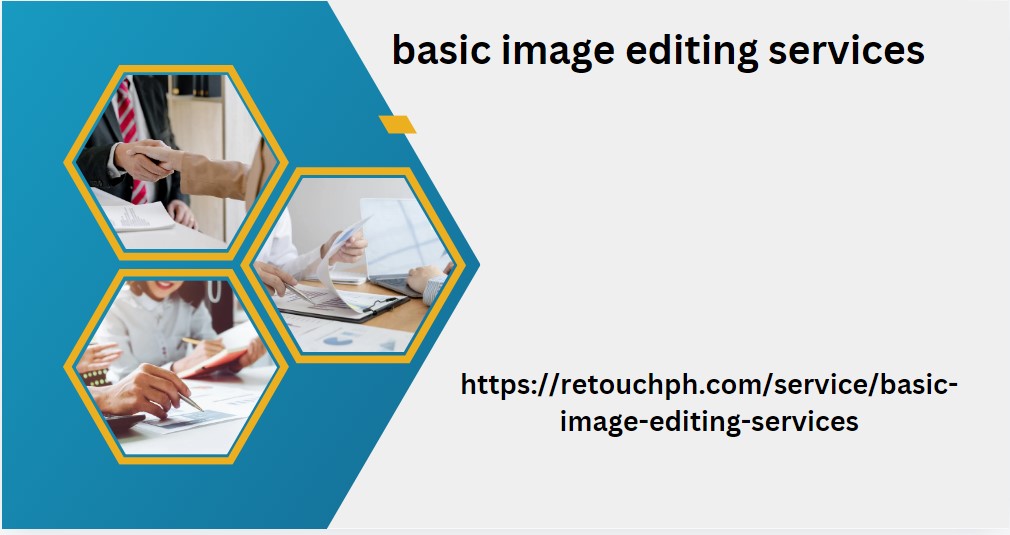Impact of European environmental policies on companies
Global context
On 25 September 2015, world leaders adopted 17 Sustainable Development. Goals (SDGs) to eradicate poverty, protect the planet and ensure prosperity for all. These goals inspire global organizations, both public and private, to act to preserve the planet and improve societies.
The role of the European Union
One of the most committed organizations to preserving the planet and combating climate change is the European Union (EU) . In December 2019, EU leaders agreed to achieve climate neutrality by 2050. To achieve this goal, EU countries must drastically reduce their greenhouse gas emissions and offset remaining emissions.
The European Council stressed that the transition to climate neutrality offers significant opportunities for economic growth, labour markets and technological development. The main EU legal instruments in this area are the European Green Deal and the European Climate Regulation , which emphasise sustainability and the fight against climate change.
The UN recommendations and the EU Taxonomy criteria , although not mandatory, can have a significant impact on various sectors. For example:
Obtaining European grants : Projects that meet these criteria could have priority in the allocation of funds.
Buying and selling real estate assets : Assets that align with these standards could be more attractive to climate-conscious investors.
Participation in public tenders : Companies that meet sustainability criteria can have competitive advantages in public tenders.
Access to green financing : Financial institutions can offer better credit conditions to projects and companies that align with sustainability standards.
Attracting foreign investment : International investors, increasingly concerned about sustainability, may prefer assets that meet the EU Taxonomy criteria.
Corporate reputation : Companies that adopt these criteria can improve their image basic image editing services reputation, attracting customers and partners committed to sustainability.
Future regulatory compliance : Adopting these criteria now can prepare companies for stricter future regulations, avoiding sudden costs and adjustments.
The European Council stressed that the transition to climate neutrality offers significant opportunities for economic growth, labour markets and technological development. The main EU legal instruments in this area are the European Green Deal and the European Climate Regulation , which emphasise sustainability and the fight against climate change.
How to assess the exposure of financial assets to climate threats and associated risks in Spain?
Key actions
A key action in the fight against climate change, according to the EU Taxonomy of Sustainable Financial Activities , is to assess the exposure of financial assets to climate threats and associated risks. To quantify these climate risks, we need to create analytical models that follow the methodology specified by the EU Taxonomy.
Methodology and alignment with international standards
The methodology implemented must be aligned with the recommendations of the United Nations 1000 mobile phone numbers the criteria of the EU Taxonomy . Although these criteria are not yet mandatory, the EIOPA (European Insurance and Occupational Pensions Authority) and the ESMA (European Securities and Markets Authority) have already implemented them, reflecting the EU’s interest in asset sustainability.
How to quantify climate risks in Spain?
Let’s look at the methodology we follow at Deyde DataCentric through an example, how to Jinsi ya kutengeneza T-shirt ya Kipekee kwa Watoto Wako the risk of “Changing Temperature (Air)” of the EU Taxonomy. How to quantify the risk of temperature changes? By studying the average temperature? The maximum? And at what frequency, the annual one? That of a season of the year? A possible solution would be to define some mandatory indexes and others optional, because different clients may have different needs. Table 1 shows this situation.
Table representing Deyde DataCentric’s methodology for quantifying the risk of “Changing Temperature (Air)”
What we have is a general way of quantifying risk (with mandatory indices) with other optional ones, because the risk of temperature changes for, for example, a ski resort (more determined by winter) is not the same as for a beach hotel complex (more determined by summer). So what we have is great flexibility to quantify risk according to different indices, which respond to different needs.
Once the indices have been assessed, how do we quantify the risk? What we can do is quantify any risk on a scale of 1 to 5, from Very Low to Very High, which allows us to quickly and intuitively interpret the associated risk and, on the other hand, to be abl to easily compare it with other associated risks. Where appropriate, all the risks of interest can be grouped (for example, by type of threat, or by their temporary nature) and thus provide a final value that expresses the complete risk for a given asset.



